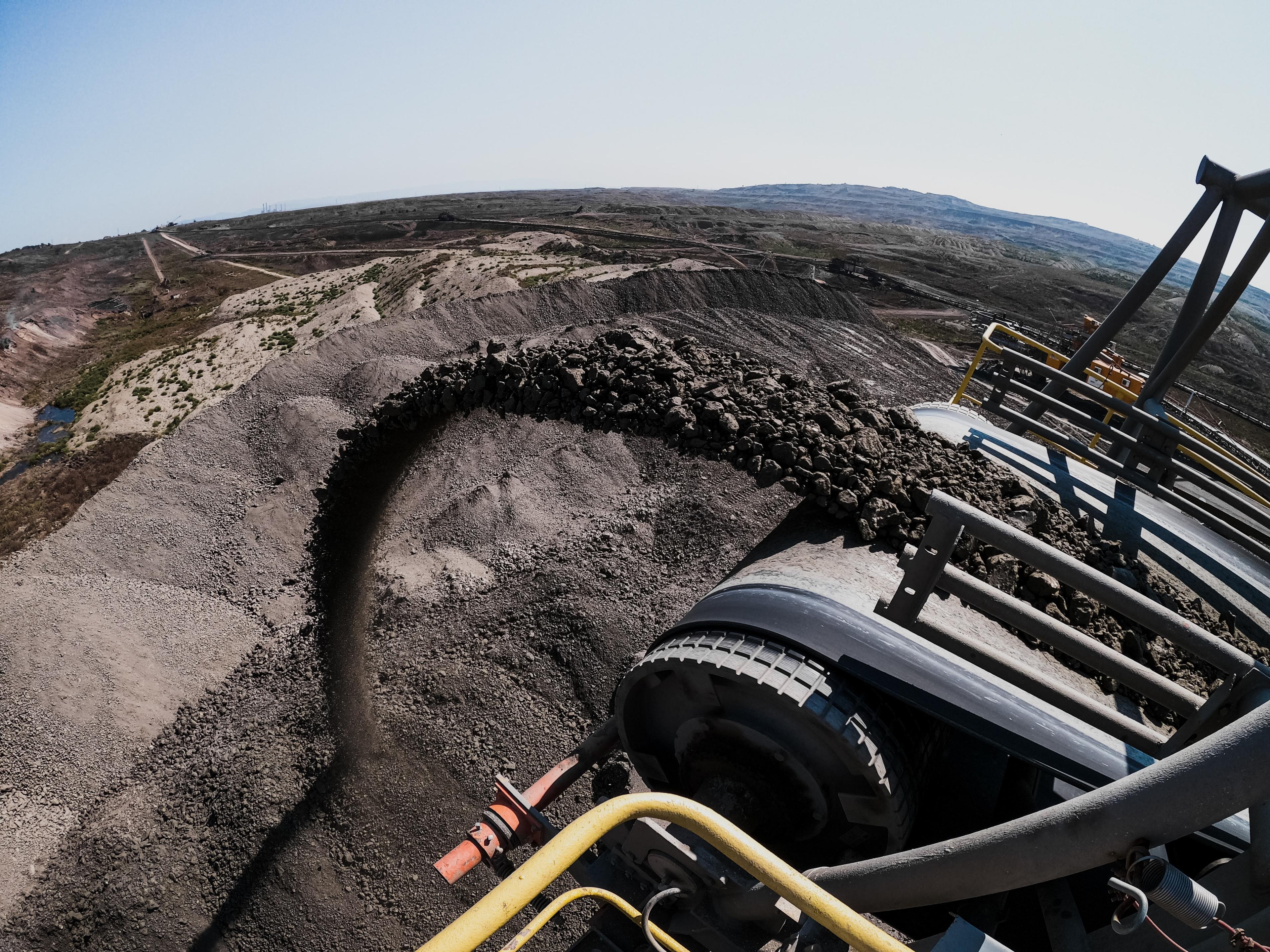Heavy equipment is used in the aggregate mining industry to help move and manipulate large pieces of earth. Heavy equipment such as front-end loaders, bulldozers, backhoes, and dump trucks are used to move the earth and large rocks from one location to another. Heavy equipment is also used to move ore, soil, and other materials from one part of the mine to another. Additionally, heavy equipment is used to facilitate the mining process, such as drilling and blasting.

Heavy Equipment
Heavy Equipment Inspection Best Practices
The importance of regular inspections for heavy equipment cannot be overstated. Regular inspections are essential to ensure the safety of workers and the quality of the equipment. Here are some of the best practices for heavy equipment inspections.
-
Use Checklists: Checklists ensure all necessary inspections are completed. Include all components and safety protocols to ensure nothing is missed.
-
Document Findings: Document findings to establish a record of equipment status for future reference.
-
Follow Manufacturer Guidelines: Different equipment has different requirements. Follow the manufacturer's guidelines to ensure thorough and effective inspections.
-
Be Vigilant: Conduct inspections regularly and watch for wear, damage, performance changes that could indicate potential issues.
-
Report Issues: Report issues immediately to ensure timely resolution and prevent accidents or further damage.
Heavy Equipment Maintenance Best Practices
-
Follow the manufacturer's maintenance schedule to ensure proper performance and extend lifespan.
-
Clean and inspect the machine regularly: check fluids, lubricants, hoses, and belts.
-
Change the oil and filters regularly as recommended.
-
Check the tires regularly for wear and proper inflation.
-
Perform regular safety checks and follow protocols.
-
Regularly inspect and tighten bolts and nuts.
Types of Heavy Equipment
-
Excavators: Used for digging and moving large amounts of earth and debris.
-
Haul Trucks: Used for transporting large amounts of materials and equipment.
-
Loaders: Used for loading, excavating, and transporting materials.
-
Dozers: Used for leveling and pushing materials.
-
Drills: Used for creating holes for blasting and exploration.
-
Crushers: Used for reducing size of mined materials.
-
Graders: Used for creating a flat surface and grading materials.
-
Shovels: Used for digging and scooping materials.
-
Scoops: Used for scooping and lifting materials.
-
Pumps: Used for pumping out water.
A Culture of Safety
Safety is extremely important in the aggregate mining industry. The industry is inherently dangerous, with miners often working in hazardous conditions. By following safety procedures and regulations, miners can reduce the risk of accidents and make sure that the workplace is as safe as possible. Additionally, safety regulations can help protect the environment from potential pollution caused by mining operations.
A culture of safety in the workplace is essential for any organization. It helps create a safe and healthy environment where employees feel respected and valued, improves productivity and morale, and reduces risk of injuries, accidents, and financial losses.
